-
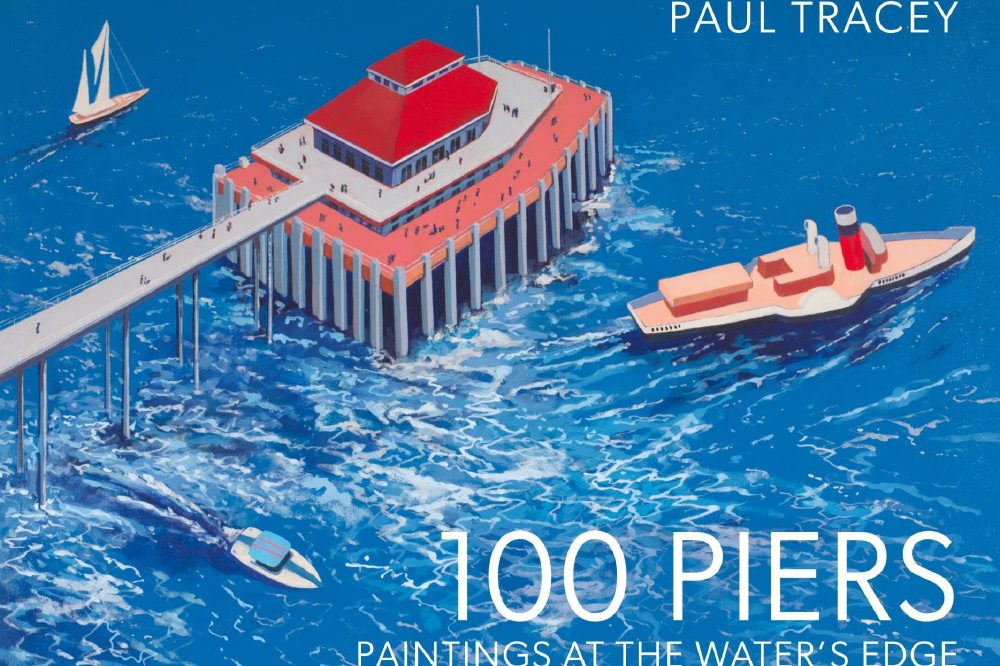
100 Piers
Long Beach Pier, California, USA
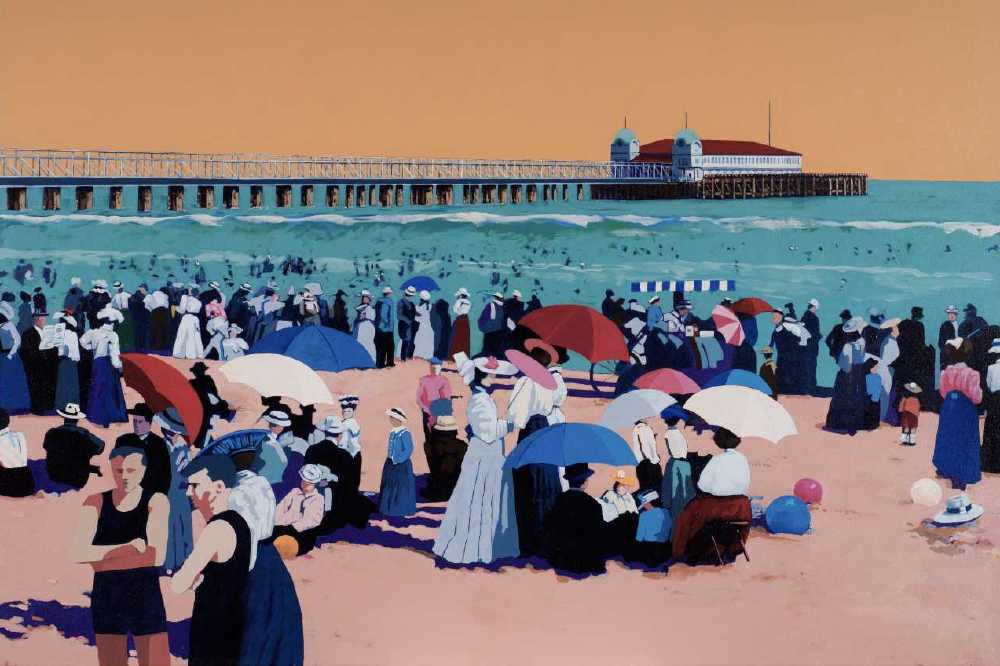
In 1941 the US government commissioned the Hughes Aircraft Company to build an aircraft capable of carrying 700 men over long distances and be able to land on water. Wartime restrictions on resources meant that steel was in short supply, so the aircraft was built of laminated wood, covered in plastic and canvas. It was propelled by eight large engines. The cost was astonishingly high and the project was not completed until 1946, a year after the war had ended. Many in Congress were furious about the cost and time it had taken in building an aircraft that did not fulfil the job specified. They demanded that Howard Hughes demonstrate the aircraft flying.
So, on 2nd November 1947, Howard Hughes obliged, taking the H-4 prototype out into Long Beach Harbour for a flight test. Thousands of onlookers had come to watch Hughes piloting the aircraft, nicknamed the Spruce Goose.
The flight lasted less than a minute and reached a height of only seventy feet, it was evidently a bumpy ride. The aircraft never flew again, but Howard Hughes was so proud of the aircraft that he kept it in a climate-controlled hanger, always ready to fly again, which it never did.
Boscombe Beach Pier

Lots of people comment on the inclusion of the flying saucer in my painting. I leave it to viewers to draw their own conclusions. Perhaps the facts that the Mermaid Theatre was never a theatre and the surfers’ paradise was never fit for surfers are evidence that Boscombe Pier’s history and its legacy have always been more than a little bit whimsical, bordering on ridiculous. As a result, I would argue that my flying saucer is not out of place at all.
Clevedon Pier, Somerset
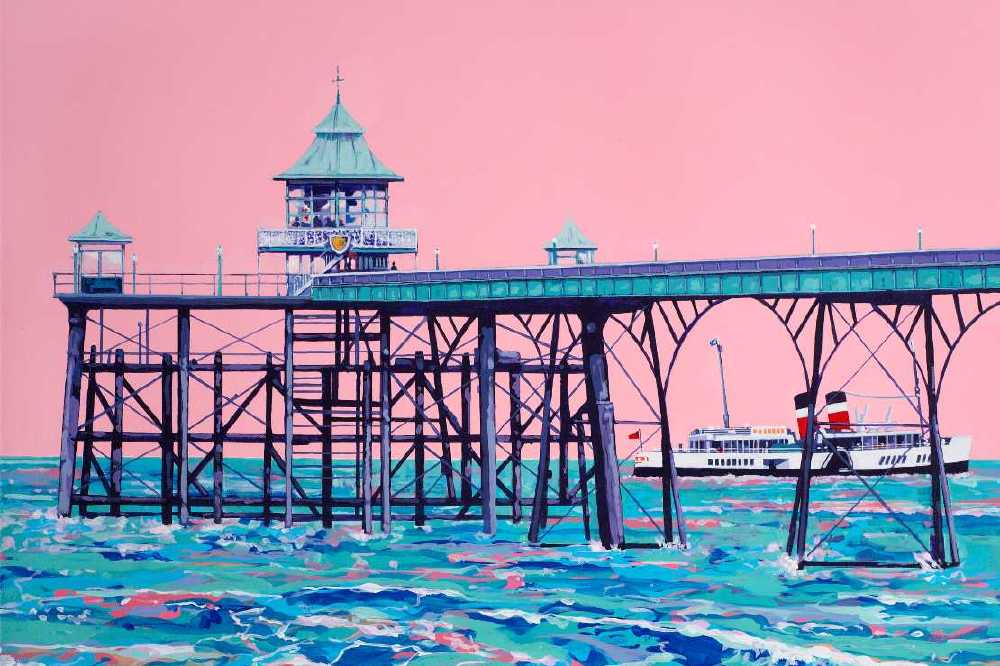
The Clevedon Pier is made out of rails which were no longer needed by Isambard Kingdom Brunel in the making of the Great Western Railway. The rails were bolted together to create a strong structure that sits high out of the water to enable boats to dock at all tides. As a result, it has quite a different appearance from many of its contemporaries. It was opened in 1869 and ornate cast-iron buildings were added in 1894. John Betjeman called it the most beautiful pier in England.
Gravesend Pier

By the 17th century, regular coach services were running to Gravesend from London to meet boats coming from Dover. Inns and hotels sprung up in the town and along the route to cater for the new trade. Perhaps Gravesend’s most famous visitor was Pocahontas, the first Native American to visit England, who died on board a ship at Gravesend in March 1617. She was buried in the parish churchyard of St George's. There is a statue of her in the church gardens, although the location of her grave is unknown.
Margate Pier, Kent
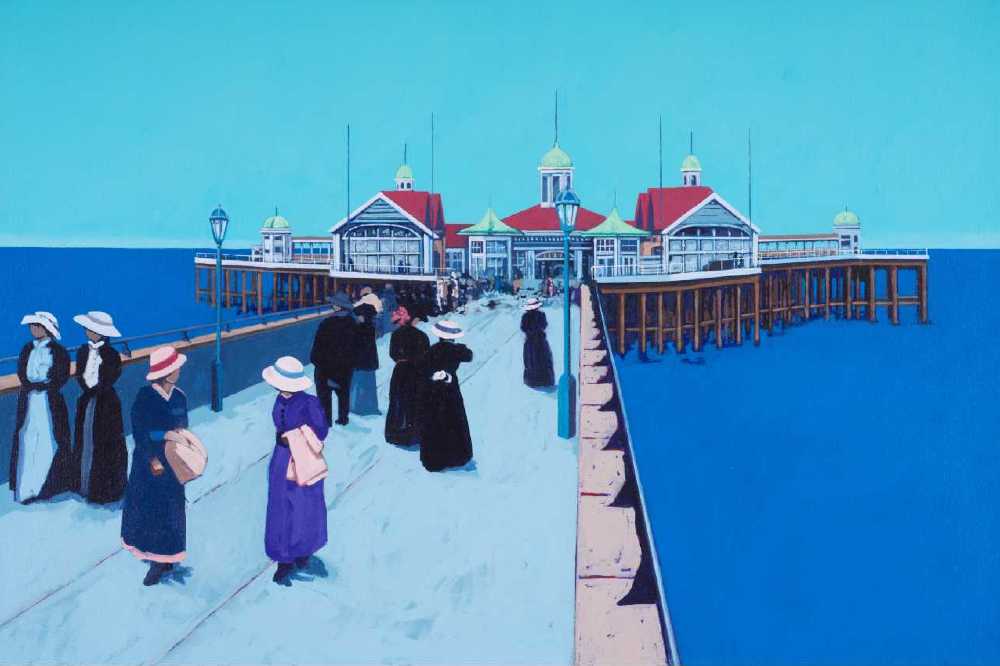
Margate had been a popular destination for Londoners for many years before the building of the pier depicted here. In 1791 The Times declared that Margate ‘is becoming one of the most agreeable watering places in England’, although it took quite some time to get there. The Royal Academician and diarist Joseph Farington recorded a coach journey from Margate to London in 1804. He boarded the coach in Margate at 5am and arrived in Piccadilly at 7pm that evening.
However, the trip on board a Hoy by sea was much longer. The Times of 16 September 1797 reported, ‘So great is the rage for watering places, that the Margate Packet had, the week before last, one hundred and fifty-two passengers on board, who were 27 hours on their passage, during the greater part of the time, it rained so as to drive them under deck, and made them as comfortable as the people in the black-hole at Calcutta’.
Southsea Pier, Hampshire
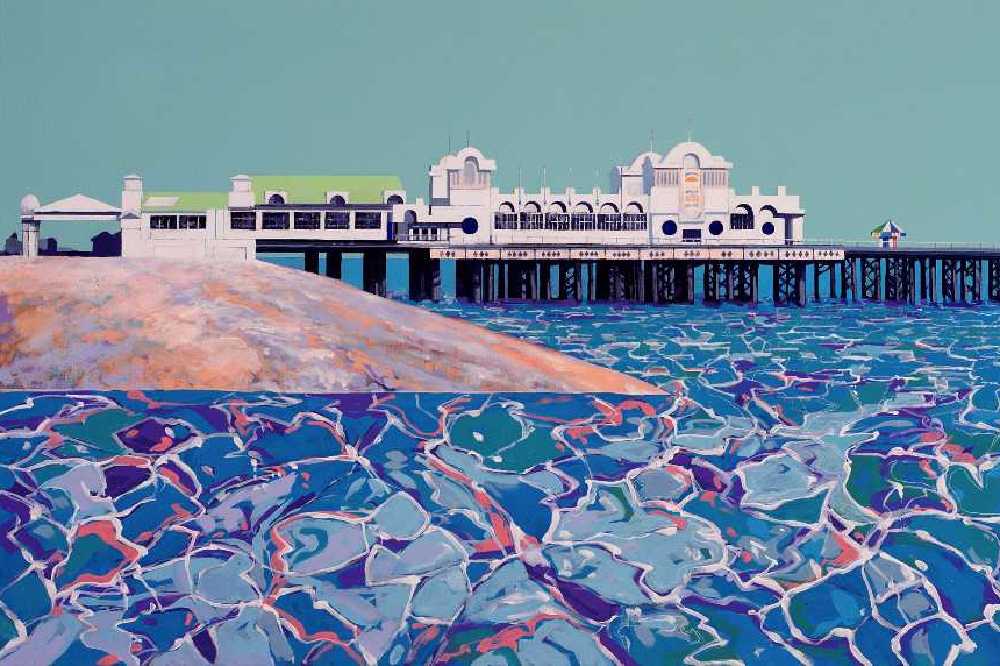
During the Second World War the pier was partly dismantled and the coastline around the pier was used for the training of troops going to France. There are photographs of General Eisenhower watching operations from it.
After the war up and right up until the 1990s many famous entertainers and musicians performed there including many household names ranging from Peter Sellers and Tommy Steele to Status Quo. In the early seventies David Bowie performed as Ziggy Stardust to a less than full house and was paid £225 for his performance - presumably he had to share that out with the rest of the band.


